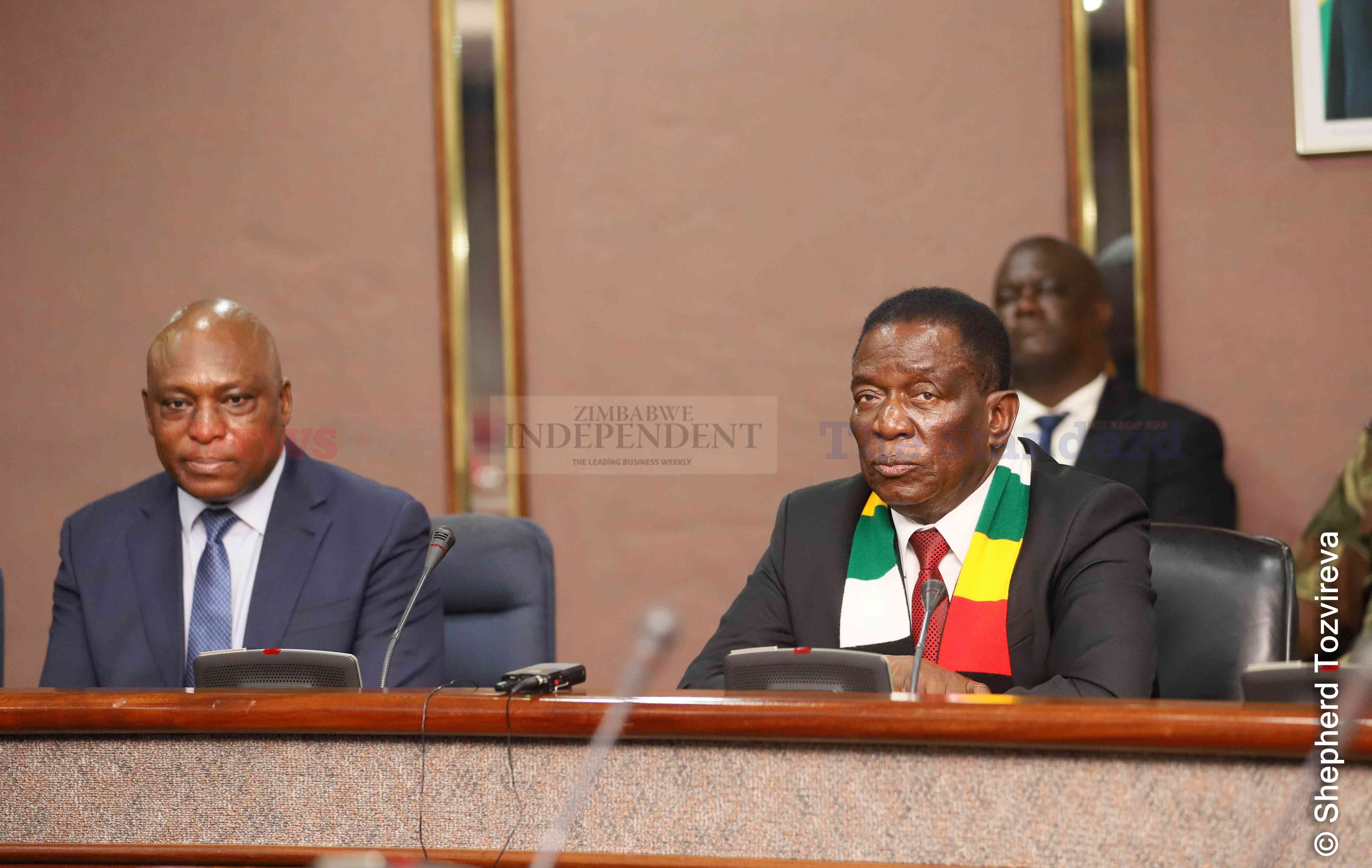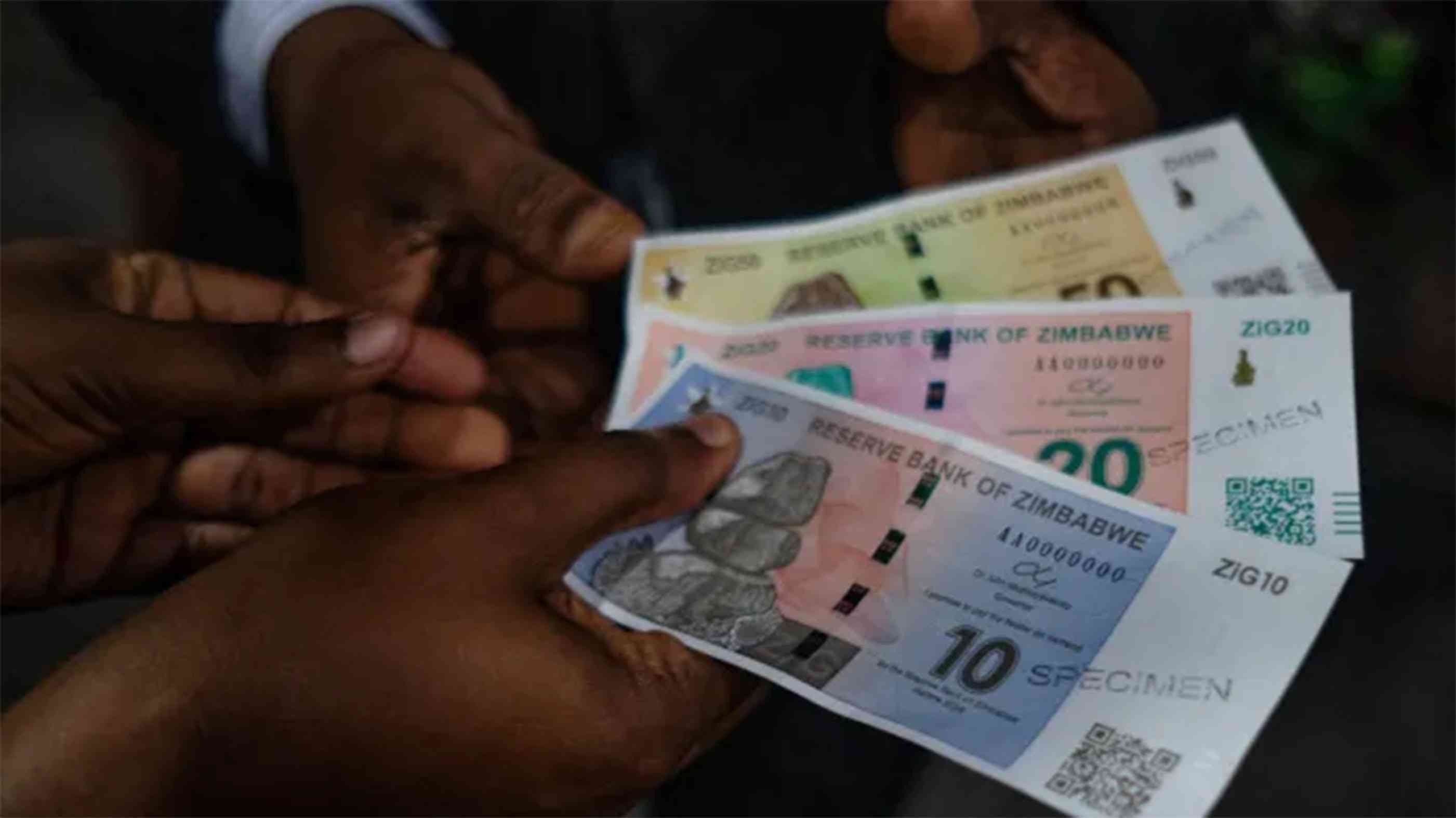
ZIMBABWE has a tumultuous history with its currency. From hyperinflation to currency reforms, the nation has witnessed various attempts to stabilise its monetary system.
The country is set to witness the official launch of a “new currency” today, as part of a new economic strategy. But what exactly is this structured currency, and why does confidence in the currency system matter.
Dubbed a “structured currency”, less is still known about this new unit, with more and more speculations filling the void as panic ensues.
However, the reason behind this panic is worth interrogating as the nation challenges the rational of introducing yet another local currency despite a series of failed attempts over the past few decades.
Amid a worsening hyperinflation in Zimbabwe dollar (ZWL) terms and a rampant exchange rate depreciation, the Reserve Bank of Zimbabwe (RBZ) seeks to stabilise the currency volatility through the introduction of a gold-backed structured currency, whose value is determined by ZiG, an RBZ gold-backed token. To buttress the value of the new currency through reserves, the central bank is said to have been increasing foreign currency reserves since October last year.
However, it is imperative to note that the foreign currency unit being preferred by the RBZ as a reserve is also a member of the multi-currency regime in the country, and also a currency of choice by many, hence the increasing viability of its market as people demand the USD in exchange for the volatile local currency.
As at April 2, the ZWL had shed off -67% and -73% against the USD on the parallel market and the interbank market, respectively, since the beginning of the year. Meanwhile, ZWL headline inflation has since surpassed the 2 000% mark.
Going back in time, all the failed local currencies since independence were initially said to be backed by either foreign currency reserves or gold reserves, and in some cases a combination of both. However, all these currencies faced the same fate, with hyperinflation being a predecessor to the demise of each. Despite the RBZ claiming sufficient reserves to back the currencies, money printing has been the main factor contributing to rapid loss of value of each of the previous currencies.
- Mavhunga puts DeMbare into Chibuku quarterfinals
- Bulls to charge into Zimbabwe gold stocks
- Ndiraya concerned as goals dry up
- Letters: How solar power is transforming African farms
Keep Reading
The RBZ prints, in overdrive, more money than can be backed by available reserves. Resultantly, the local unit then devalues against hard currencies.
Due to the history of currency failures in Zimbabwe, confidence levels in the banking system have drastically deteriorated, which stands as one of the main factors to consider for the success of the new structured currency.
With very low confidence in the new currency, people will likely avoid using it as has been witnessed with the ZWL. Alternative stores of value (e.g. foreign currencies or assets) will continue gaining traction, which devalues the local currency.
With the imminent devaluation of the currency, instability ensues, which deters investment. Outside of reserves, a currency’s value ought to be backed by secondary production/industry. Therefore, the lack of confidence from investors also aids in exacerbating currency depreciation.
On the other hand, it remains a mystery how the new currency will operate, but it is likely that it will join the basket of present currencies. This basket includes the USD, the South African rand in some sectors of the country, the ZWL, as well as the ZiG, which was introduced in May 2023 and announced as a means of payment in October.
While the government has not yet announced the features of the new currency, the aforementioned history of currencies in the country proves two out of the six main factors expected of a currency have always lacked in Zimbabwe, i.e, scarcity and acceptability.
The former lies in the hands of the RBZ through the monetary policy, while the latter depends on government’s efforts to ensure currency stability through a viable policy stance.
- Duma is a financial analyst and accountant at Equity Axis, a leading media and financial research firm in Zimbabwe. — [email protected] or [email protected], Twitter: TWDuma_











